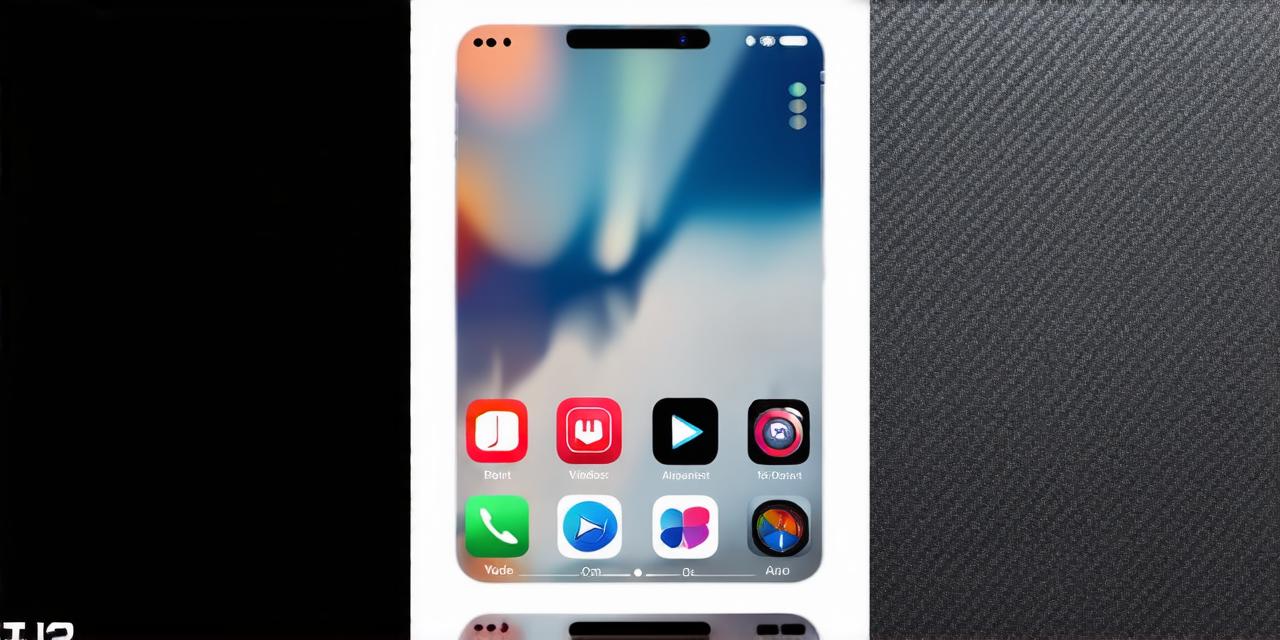Saving videos on iOS devices is an essential task for many users, especially those who rely on their phones and tablets for entertainment and work. As a developer, you may also need to save videos on your device for testing purposes or to share with colleagues. In this guide, we will explore the various methods of saving videos on iOS devices and how to optimize them for maximum performance and efficiency.
Method 1: Using the Built-in Video Saving Option
The first method of saving videos on iOS devices is by using the built-in video saving option. This feature allows users to save videos directly from their device’s camera or other apps that support video recording, such as Instagram and Snapchat. To use this method, follow these steps:
- Open the app where you want to save the video.
- Tap on the record button to start recording the video.
- Once you are finished recording, tap the stop button to end the recording.
- Wait for the video to finish saving. This may take some time depending on the size of the video and the device’s processing power.
- Once the video is saved, you can access it by going to your device’s camera roll or other media folder.
Method 2: Using Third-Party Apps
While the built-in video saving option is convenient, it may not always be sufficient for developers who need more advanced features and control over the video saving process. In such cases, third-party apps can be a better option.
Some of the popular video saving apps for iOS devices include:
- Videosave: This app allows users to save videos from various sources, including social media platforms, camera apps, and web browsers. It also supports high-resolution video formats and provides options for customizing the video quality and resolution.
- Save Video Clip: This app is simple and easy to use. It allows users to save videos directly from their device’s camera or other apps that support video recording. It also supports various video formats, including MP4, MOV, and AVI.
- VidSave: This app is designed for professional video editors and provides advanced features for customizing the video quality and resolution. It also supports a wide range of video formats, including ProRes and DNxHD.

Method 3: Using iCloud for Cloud Storage
For users who have an Apple ID and sufficient storage space, using iCloud for cloud storage is another option for saving videos on iOS devices. With iCloud, users can store their videos on Apple’s servers and access them from any device that has internet connectivity.
- Go to the Settings app on your device.
- Tap on your Apple ID account name at the top of the screen.
- Tap on iCloud.
- Scroll down and tap on Photos & Videos.
- Turn on the switch for “iCloud Photo Library” and “iCloud Video Library.”
- Wait for your videos to upload to iCloud. This may take some time depending on the size of the videos and your internet connection speed.
- Once your videos are uploaded, you can access them by going to the Photos & Videos section in the iCloud app or website.
Method 4: Using External Storage Devices
For users who need more storage space than what is available on their device’s internal storage, using external storage devices such as SD cards and USB drives is another option for saving videos on iOS devices.
- Connect your external storage device to your device using a USB cable.
- Open the Camera app on your device.
- Tap on the “Share” icon in the bottom left corner of the screen.
- Select “Save Video” from the list of options.
- Choose the external storage device from the list of available options.
- Wait for the video to finish saving. This may take some time depending on the size of the video and the device’s processing power.
- Once the video is saved, you can access it by going to your device’s camera roll or other media folder.
FAQs
Here are some frequently asked questions about saving videos on iOS devices:
1. What are the risks of using third-party apps for saving videos on iOS devices?
While third-party apps can be useful for saving videos on iOS devices, they may pose some risks such as malware and viruses. It’s important to only download apps from trusted sources and keep your device’s software up to date to minimize these risks.
2. Can I save videos in different formats using the built-in video saving option?
The built-in video saving option may not support all video formats, but it usually supports common formats such as MP4 and MOV. If you need to save videos in a specific format, you may need to use third-party apps or external storage devices.
3. Can I save videos directly from social media platforms using the built-in video saving option?
Yes, the built-in video saving option can be used to save videos directly from social media platforms such as Instagram and Snapchat. To do this, simply open the app and tap on the record button to start recording the video. Once you are finished recording, tap the stop button to end the recording and wait for the video to finish saving.
4. Can I use iCloud for cloud storage if I don’t have an Apple ID?
No, iCloud is a service that requires an Apple ID to use. If you don’t have an Apple ID, you can still use external storage devices such as SD cards and USB drives for saving videos on iOS devices.
Summary
Saving videos on iOS devices is a common task for many users, and developers may also need to save videos for testing or sharing purposes. In this guide, we have explored the various methods of saving videos on
